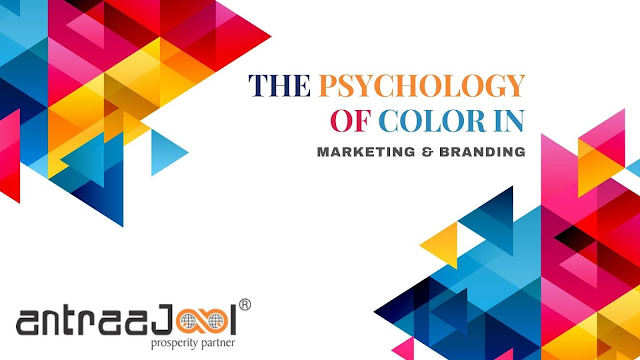THE PSYCHOLOGY OF COLOR IN MARKETING AND BRANDING
The psychology of color as it relates to persuasion is one of the most interesting — and most controversial — aspects of marketing.
The problem has always been a depth of analysis. Color theory is a topic of complexity and nuance, but splashy infographics rarely go beyond See ‘n Say levels of coverage.
Common misconceptions about color
As research shows,
it’s likely because of personal preference, experiences, upbringing, cultural
differences, and context often muddy the effect individual colors have on us.
So the idea that colors such as yellow or purple are able to evoke some sort of
hyper-specific emotion is about as accurate as your standard palm reading.
But there’s still plenty to learn and consider if we humbly accept that
concrete answers aren’t a guarantee. The key is to look for practical ways to
make decisions about color.
The importance of color in branding
First let’s address branding, which is one of the more important issues
relating to color perception and the area where many articles on this subject
run into problems.
As mentioned, there have been Antraajaal to
classify consumer responses to different individual colors:
But the truth is that color is too dependent on personal experiences to
be universally translated to specific feelings. There are, however, broader
messaging patterns to
be found in color perceptions.
In a study titled “Impact of color on marketing,”
researchers found that up to 90% of snap judgments made about products can be
based on color alone, depending on the product. Regarding the role that color
plays in branding results from another study show that the
relationship between brands and color hinges on the perceived appropriateness of
the color being used for the particular brand.



Comments
Post a Comment